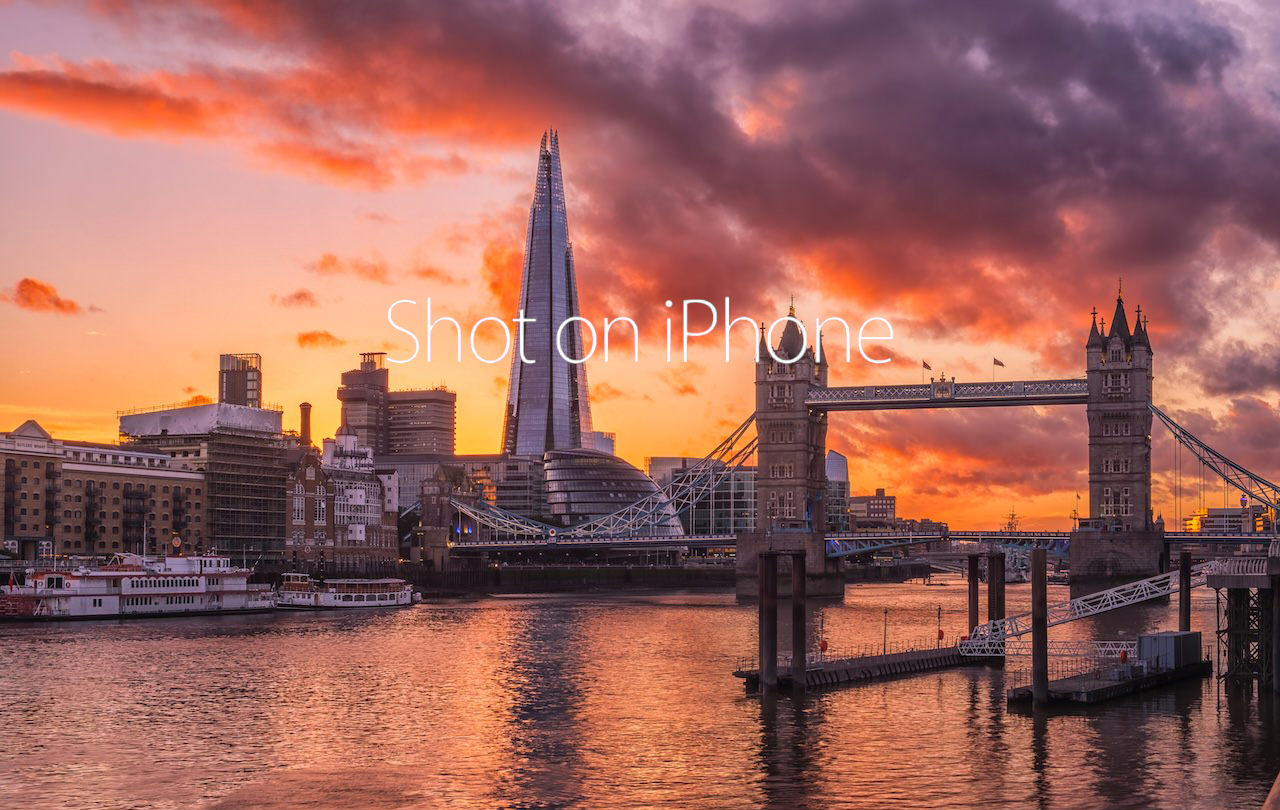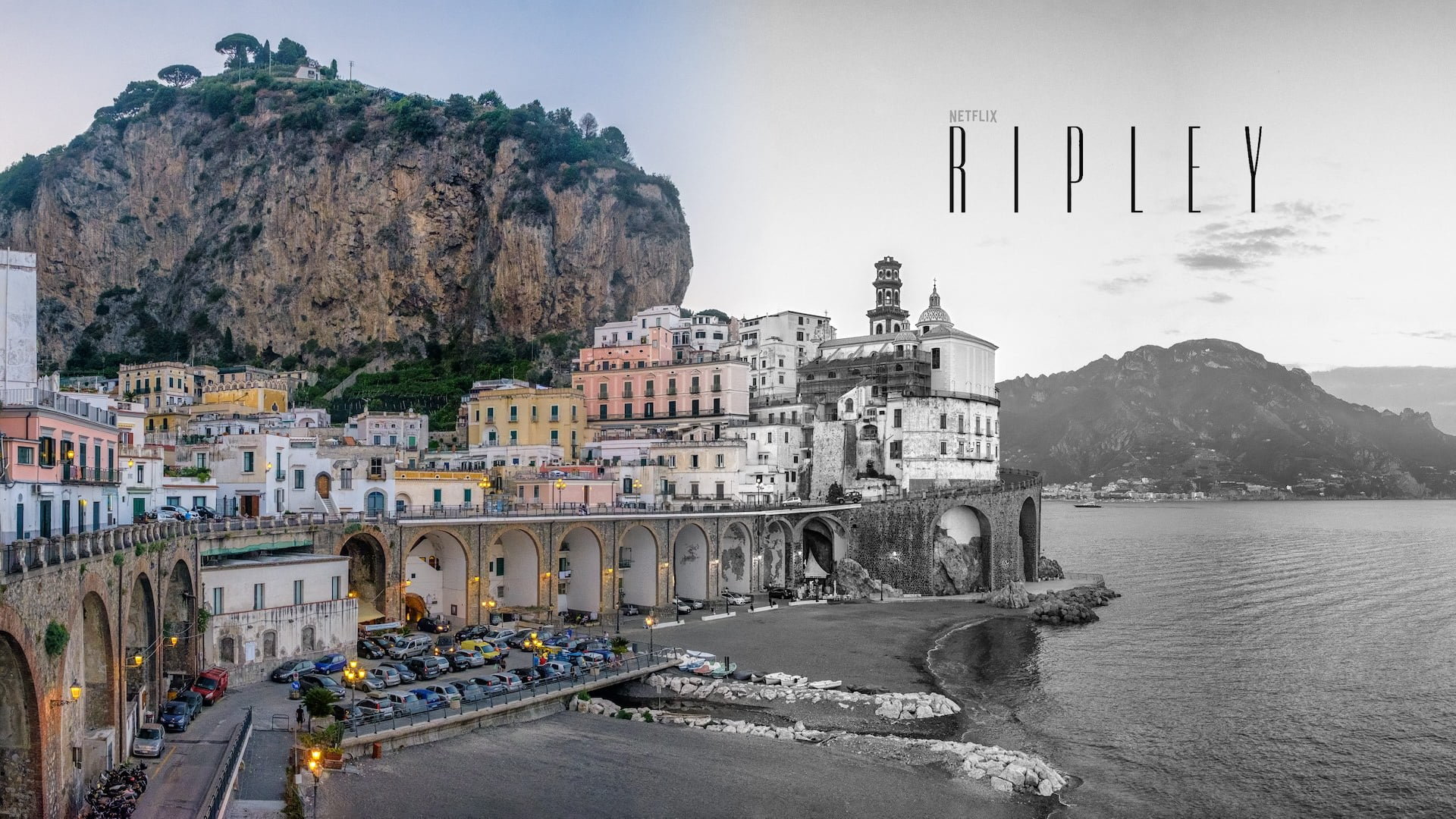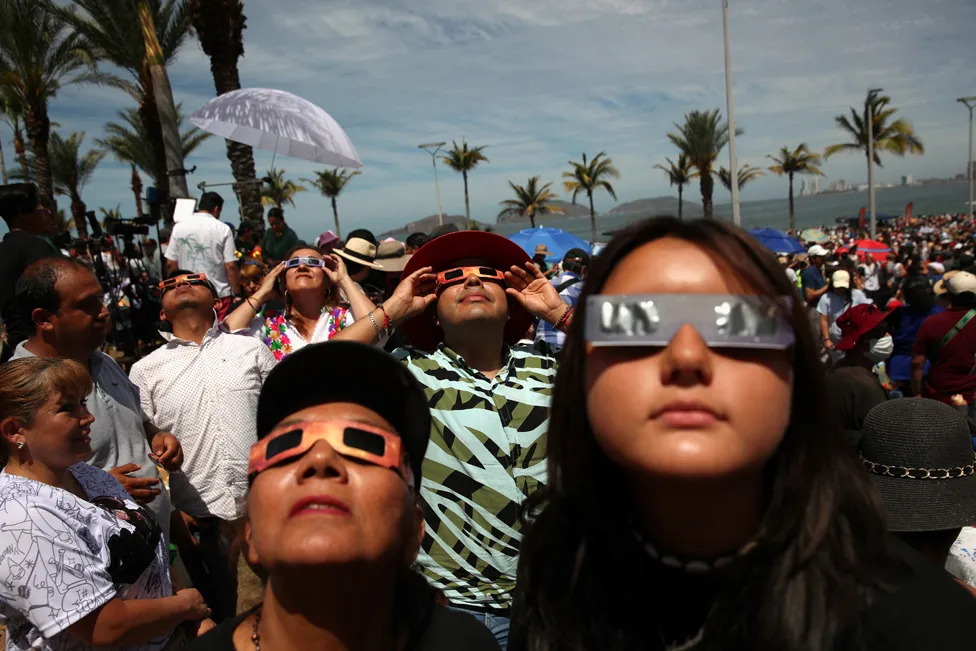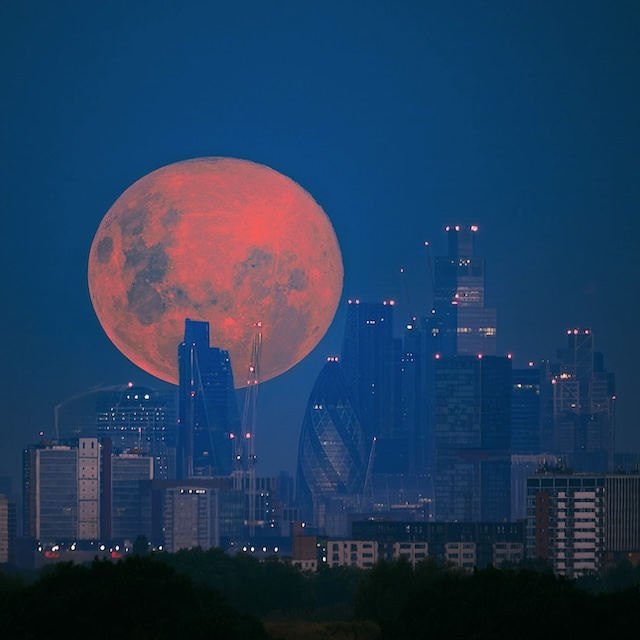No products in the cart.
Right, the pink supermoon… Or how things don't always go to plan.
I posted the 2020 Astronomy Calendar some time ago, and even before then, I knew that photographing the April Supermoon would be one of my main goals for this year. Of the four supermoons this year, the Pink Moon was the closest to Earth (and largest). And it was also expected to be very bright and almost golden.
I'm not a big astrophotographer, but every now and then I like to take a good shot of the moon. If you search for the tag “moon”, you'll find a few posts here in the blog. And for this one, I had big plans. I even thought about taking a trip somewhere just for this shot because the weather in London is often unpredictable. For example, in all the years I spent here, I was never able to watch a solar eclipse because it's always been cloudy, if not rainy. I thought I'd book a flight to somewhere with more chances of a clear sky.
But then the coronavirus outbreak happened.
Oh well…
With all that is happening in the world, I'm not going to complain about a missed photo opportunity. Just for the sake of this narrative, there was some disappointment because I had set expectations pretty high, and they suddenly went into thin air. But, of course, it's all trivial right now.
So, I needed to make do with what was available to me. Luckily, I have a backyard garden, so I can set the tripod out to take some photos of the pink supermoon and test shots. The waxing gibbous moon, for example, turned out not too shabby.
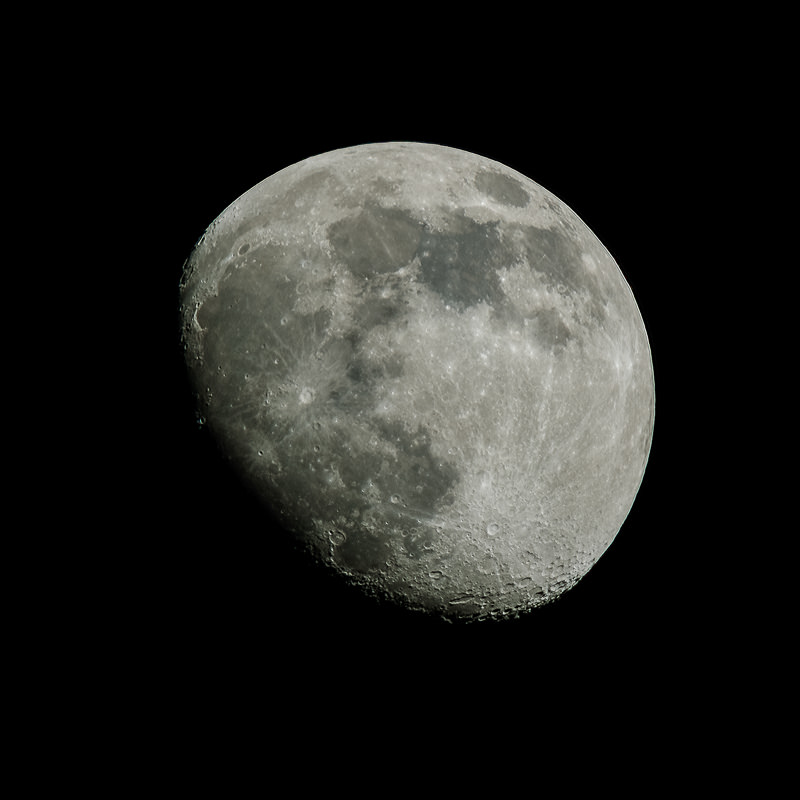

I might be throwing terms here that not everyone is familiar with. So, waxing means it is getting bigger (it's waning when it gets smaller). Gibbous refers to the shape: it's less than a full moon but larger than the semicircle shape of the Third Quarter. And the supermoon is explained in detail in the previous posts ;)
It's actually better to photograph the moon between quarters if you want surface texture. Because of the way the sunlight hits it, you will get more details on the craters. When it's a full moon, it is rather flat.
If you wish to join me in photographing the moon in all its splendour, I regularly host a Full Moon Photography event in London.
More info and bookings are available on the dedicated page.
Now, the Pink Supermoon…
The night between the 7th and the 8th of April, the Pink Supermoon was expected. And it happened. In many parts of the world, but not so much in London.
I said in the beginning that the weather here can be unpredictable, didn't I? After a fairly clear, bright, sunny day, the sky started turning hazy just before the moonrise. I mean, it was perfect until 30 minutes before…
I still took a few shots. It's always worth documenting what you see. But it was nothing like what I was dreaming of achieving. There was so much haze I couldn't even see any detail on the moon's face. And the clouds started to thicken as well. There was a moment when the moon was high in the sky that it was clear enough to take pictures of it. And some photographers with a better view than mine took very nice shots. For example, I saw one with the moon right behind the tip of the Shard skyscraper. Well done.
And then again, it went behind the clouds.
There wasn't much I could do about it. So I just took my camera and made the most of what I had. I still had fun and got my shots.
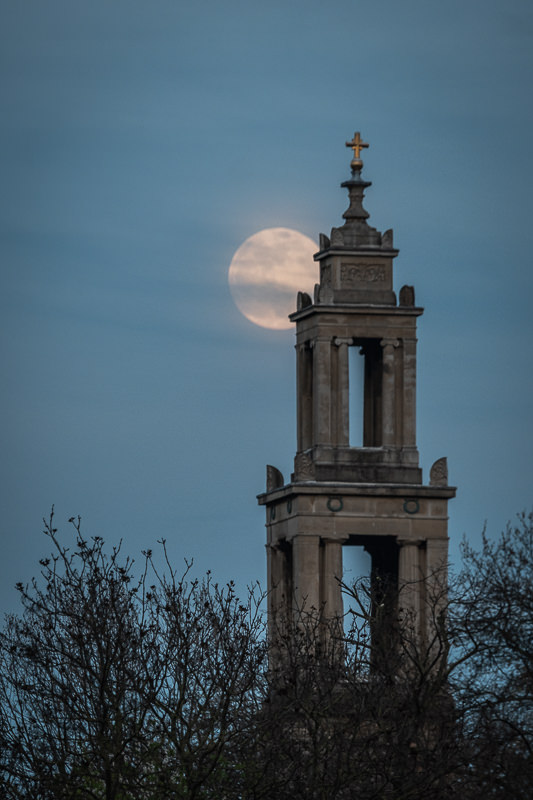

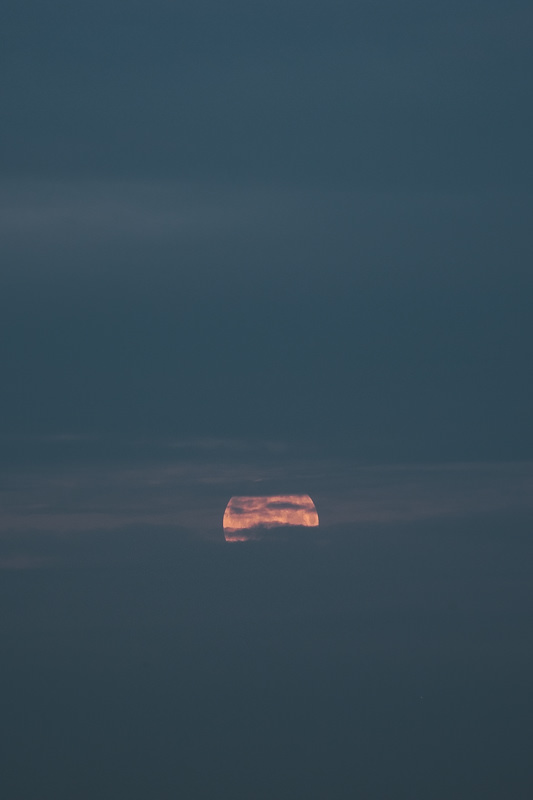

But…
When the Pink Supermoon was higher in the sky and it was all bright and clear, I had my go at it and still captured a beautiful full moon shot. As I mentioned earlier, you get more details and some depths in the craters when the moon is hit by sunlight from an angle. But here, I could still see details on the edges as well. So I took my heavier tripod, set the “beast” lens and started shooting.
My setup was a bit more unusual for the shot you will see below. Of course, I used my Fujifilm X-T2, but I didn't mount a Fuji lens on it. Fujifilm has a nice 100-400mm among its lenses, and I talk about it in my video review, but I didn't use it here. This time, I had an old Nikon 80-400mm (which is huge and heavy) and I attached it to my Fuji camera with a Metabones adapter. On top of that, I used a 2x teleconverter which gave me a total full length of ~1200mm (an APS-C sensor gives an additional 1.43x).
For more info on how to shoot the supermoon, you can always refer to the Clubhouse talk I was invited to… here.
I took about 100 photos at 1-second intervals. The idea is to take all these different photos and stack them together in Photoshop to achieve maximum detail and reduce noise.
This is how you do it…
Editing Workflow
First, import all your photos in Lightroom or CaptureOne or any software you use for basic editing.
Adjust all you need (White Balance, Temperature, Highlights, etc.), then export all photos. If your computer is powerful enough to handle editing 100 RAW photos together, go for it. Otherwise, export them in JPG at 100%. Open them as layers in Photoshop.
From there, select them all and click Edit > Auto-Align Layers (then wait). Then click Layer > Smart Objects > Convert to Smart Object.
The last step is where the magic happens… Go back to Layer > Smart Objects and this time, go to Stack Mode and choose either Mean or Median. Either of those works, and it's a matter of choosing the one that does the job better with the photos you are working on.
By doing this, Photoshop will look at all the differences between the photos and use them cleverly to greatly improve the details and remove the noise.
Result
Here is my result (with about 70 photos, as I removed some).
I added the stars for a bit of fun :)
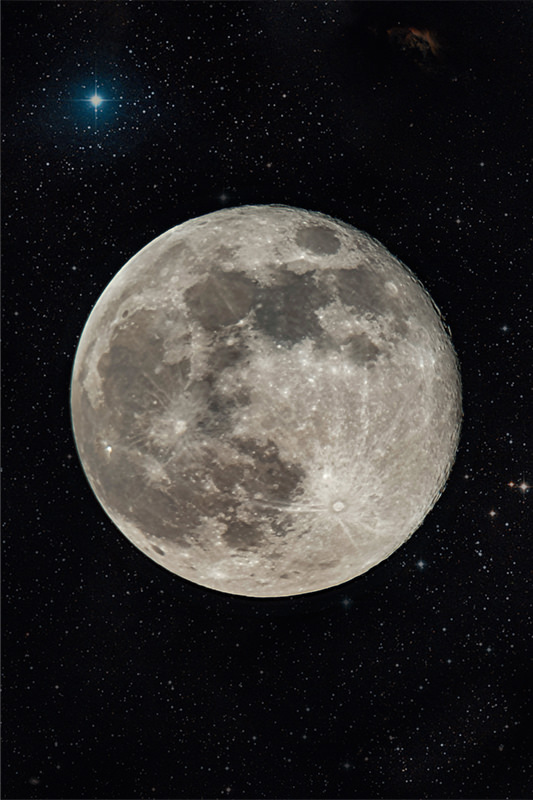

The Pink Supermoon was the last supermoon of 2020. It was the last of 4 this year and the biggest and brightest. The next one will happen in more than a year, and there will only be 2 in 2021 and 2022 (although 2 others will be close enough).
I'll be ready ;)
